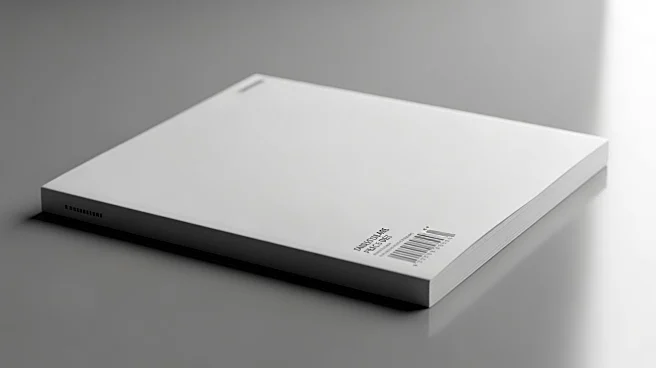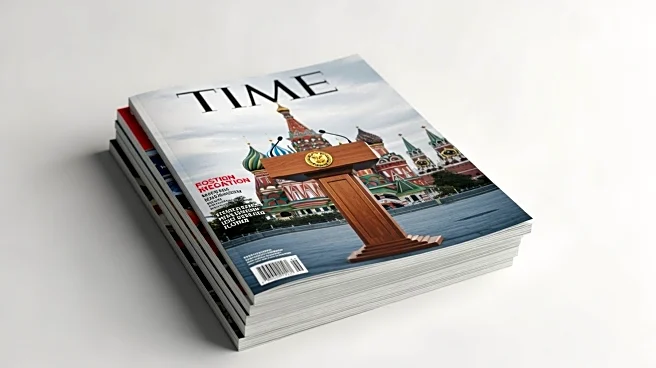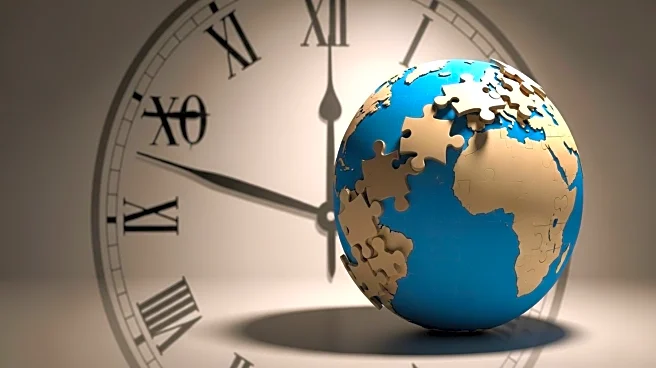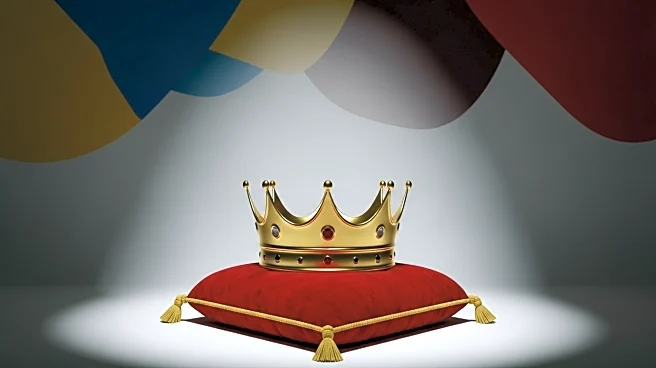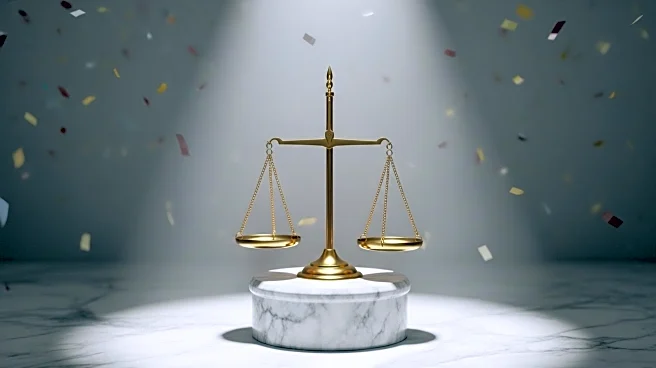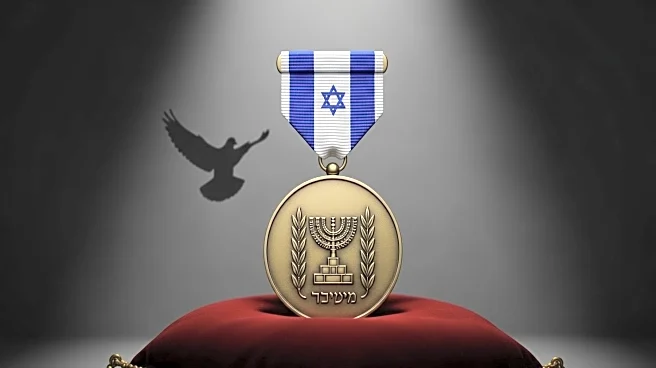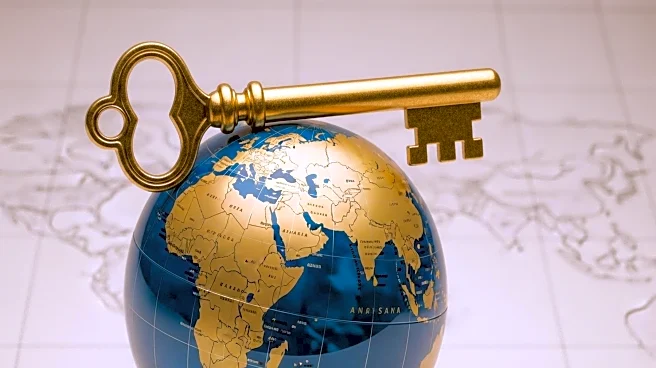What's Happening?
President Trump has expressed dissatisfaction with the latest TIME magazine cover, which celebrates his role in brokering a Middle East peace deal. The cover, unveiled on Monday, features an image of Trump alongside
the headline 'His triumph,' acknowledging what TIME describes as a potential signature achievement of Trump's second term. The peace agreement aims to end the two-year war in Gaza, with Hamas releasing all Israeli hostages and Israel freeing nearly 2,000 Palestinian prisoners. Despite the positive coverage, Trump took to his social platform Truth Social to criticize the photo, calling it 'the Worst of All Time' due to its portrayal of his hair and the angle of the shot. Trump has a complex history with TIME, having appeared on its cover over 40 times, and has previously claimed to hold the record for the most appearances, a claim that was proven false.
Why It's Important?
The TIME magazine cover and Trump's reaction highlight the ongoing tension between media portrayals and political figures. Trump's criticism underscores his sensitivity to public image and media representation, which can influence public perception and political narratives. The peace deal itself is significant, as it represents a major diplomatic effort to resolve longstanding conflict in the Middle East, potentially impacting regional stability and U.S. foreign policy. The release of hostages and prisoners marks a critical step in the peace process, with implications for international relations and humanitarian efforts. Trump's focus on the cover image rather than the diplomatic achievement may shift attention away from the substantive outcomes of the peace deal.
What's Next?
The broader implications of the peace deal will likely unfold as stakeholders assess its impact on regional dynamics and international diplomacy. Political leaders and analysts may continue to scrutinize Trump's approach to media and public relations, especially in the context of his diplomatic achievements. The reaction from other prominent figures, including Democratic Governor Gavin Newsom and Russian spokesperson Maria Zakharova, suggests ongoing debate over media representation and its influence on political discourse. As the peace agreement progresses, further developments in the Middle East may prompt additional responses from global leaders and organizations.
Beyond the Headlines
The controversy over the TIME cover image raises questions about the role of media in shaping political narratives and the ethical considerations of editorial choices. The focus on Trump's appearance rather than the peace deal itself may reflect broader cultural dynamics regarding celebrity and image in politics. The peace agreement, while a diplomatic milestone, also highlights the complexities of negotiating long-term solutions in conflict zones, with potential challenges in implementation and enforcement. The interplay between media portrayal and political achievements may continue to influence public discourse and policy decisions.
